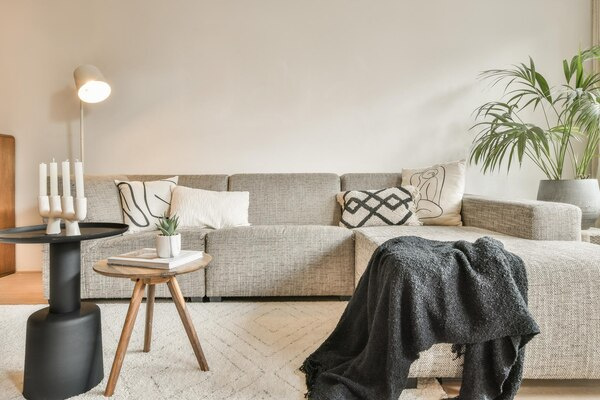The Art of Modern Interior Design
Modern interior design is a harmonious blend of functionality, simplicity, and elegance. It embraces clean lines, neutral color palettes, and the strategic use of materials and textures to create spaces that are both visually appealing and practical for everyday living. Whether transforming a new home or refreshing an old one, the principles of modern interior design can help you achieve a living space that is both stylish and comfortable.
One of the fundamental aspects of modern interior design is the use of open floor plans. By eliminating unnecessary walls and barriers, open layouts create a sense of spaciousness and fluidity. This design approach allows natural light to flow freely throughout the space, making it feel larger and more inviting. Additionally, open floor plans facilitate better interaction and engagement among family members and guests, enhancing the overall living experience.
Neutral color schemes are another hallmark of modern interior design. Shades of white, gray, beige, and black provide a versatile backdrop that can be easily accented with Bluelivingnft colors or subtle hues. This palette not only fosters a calming and sophisticated atmosphere but also lends itself to personalization through the use of accessories, artwork, and furnishings. Pops of color or statement pieces can be introduced to inject personality and character into the space without overwhelming the overall aesthetic.

Minimalism plays a crucial role in modern interior design. The adage "less is more" is evident in the streamlined furniture, uncluttered spaces, and thoughtful organization that characterize this style. By focusing on essential elements and removing excess, modern interior design creates an environment of tranquility and order. Storage solutions, such as built-in cabinets and multi-functional furniture, are often used to maintain this tidy and efficient look while ensuring that everything has its place.
The use of natural materials and textures is also prominent in modern interior design. Wood, stone, glass, and metal are commonly incorporated to add warmth and depth to the space. These materials not only enhance the aesthetic appeal but also promote a connection to nature, fostering a sense of grounding and well-being. Textiles, such as linen, wool, and cotton, are used to add softness and comfort, creating a balanced and cohesive environment.
Lighting is a critical component of modern interior design. It is used not only for illumination but also to highlight architectural features, create ambiance, and define different areas within an open space. A combination of natural light, recessed lighting, pendant lights, and floor lamps can be employed to achieve the desired effect. Dimmers and smart lighting systems allow for flexibility and control, enabling residents to adjust the lighting to suit various activities and moods.
Incorporating smart technology is another aspect that aligns with modern interior design's focus on functionality and convenience. Home automation systems, energy-efficient appliances, and integrated entertainment systems contribute to a seamless and sophisticated living experience. These innovations not only enhance comfort and efficiency but also reflect the forward-thinking nature of modern design.
In conclusion, modern interior design is about creating spaces that are both beautiful and functional. By embracing open floor plans, neutral color palettes, minimalism, natural materials, and smart technology, homeowners can achieve a stylish and comfortable living environment. The art of modern interior design lies in the careful balance of these elements, resulting in spaces that are timeless, elegant, and uniquely personalized.